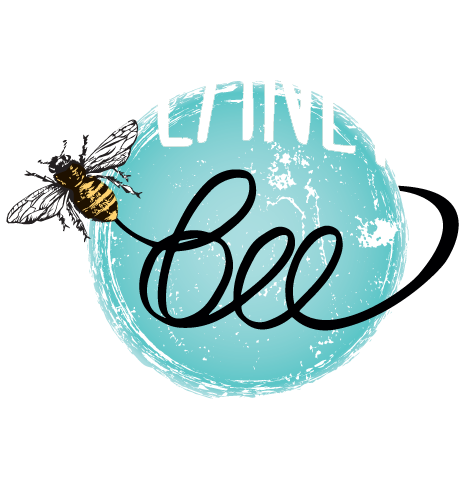
BEEYOND HARVESTED GARDEN PROGRAM
Our Garden & Agriculture Program is Perfect for The Classroom & Outdoor Gardens
Our Garden and Agriculture Program for Schools implements STEM lessons aligned with the Next Generation Science Standards (NGSS). Designed for grades 3-5, this comprehensive five-unit curriculum explores the interconnected systems of soil health, decomposition, composting, invertebrates, native bees and pollinators, plant life cycles, and sustainable food production. Through hands-on activities and inquiry-based learning, students will gain a deeper understanding of how these natural processes sustain life and depend on each other. Accessible and adaptable, these units provide educators with essential tools to engage students in meaningful exploration of our natural world.

Each garden unit accommodates various student learning modalities and includes presentations, writing prompts, videos, STEAM activities, and hands-on experiments. Units can be taught in sections over days or weeks, promoting deeper learning through practical activities that connect the curriculum to real-world phenomena.
Join us on this journey of discovery and see your students become empowered stewards of our environment. They'll gain the skills and understanding to cultivate sustainable gardens and green spaces, promoting ecological health along the way!

We foster an engineering mindset with our STEM education programming following the engaging, applying, and conducting model to allow students to explore their understanding of the material through application and experimentation.
GARDEN PROGRAM UNITS
UNIT 1: SOIL HEALTH
Unit One explores the vital role of soil in sustaining healthy ecosystems, focusing on soil layers, their formation, and the organisms that inhabit them—specifically, invertebrates and microorganisms, including ground-nesting bees. Students will delve into the forces that shape soil, examine the roles of soil-dwelling creatures, and understand how human actions can support or hinder soil health.
Lesson 1: Digging into the Secrets of Soil
Lesson 2: Soil Superheroes: Bugs, Tiny Creatures and Bees that Dig!
UNIT 2: DECOMPOSITION & COMPOST
Unit 2 connects the concepts of decomposition and soil health from the previous unit, providing students with a practical understanding of how composting helps recycle nutrients and energy, improving soil quality and reducing landfill waste. By exploring how organic waste breaks down, students will learn firsthand the benefits of composting for the environment and how they can make a difference by improving waste management in their communities.
Lesson 3: Decomposition: Nature's Recycling
Lesson 4: Trash to Treasure: The Story of Composting
UNIT 3: NATIVE BEE & POLLINATORS
Unit 3 explores the crucial role of pollinators in plant reproduction, focusing on native bees and other pollinators. Students will learn about the process of pollination, its importance for both the environment and human life, and how pollinators vary in behavior and appearance. The unit emphasizes the interdependent relationship between pollinators and plants, and how pollination supports biodiversity and sustainable ecosystems.
Lesson 5: Active Allies: Powerful Pollinators
Lesson 6: Active Allies: Native Bees as Pollinators
UNIT 4: FRUITS OF THE PLANT CYCLE
Unit 4 explores plant life cycles and seed saving, focusing on plant growth, reproduction, and sustainability. Students will learn about the stages of a plant's life cycle, the role of pollinators in reproduction, and the preservation of heirloom plants. The unit highlights the cultural importance of seed saving for indigenous peoples, the value of plant diversity, how sustainable agriculture promotes food sovereignty and climate resilience.
Lesson 7: Plant Life Cycle
Lesson 8: Seed Saving: Connecting Heritage and Sustainability
UNIT 5: Climate Change Resilience
Unit 5 is the final unit in this curriculum and explores the critical role of bees in ecosystems and human life, focusing on how we can support bee populations and other living organisms in the face of climate change. Students will examine the causes and impacts of bee population decline, including human actions such as habitat loss, pollution, and climate change. The lesson emphasizes the importance of grassroots efforts and community science to support resilience and sustainability.
Lesson 9: Beecoming Climate Resilient
Special thanks to The GIANT Company for sponsoring all education programs in Pennsylvania!






